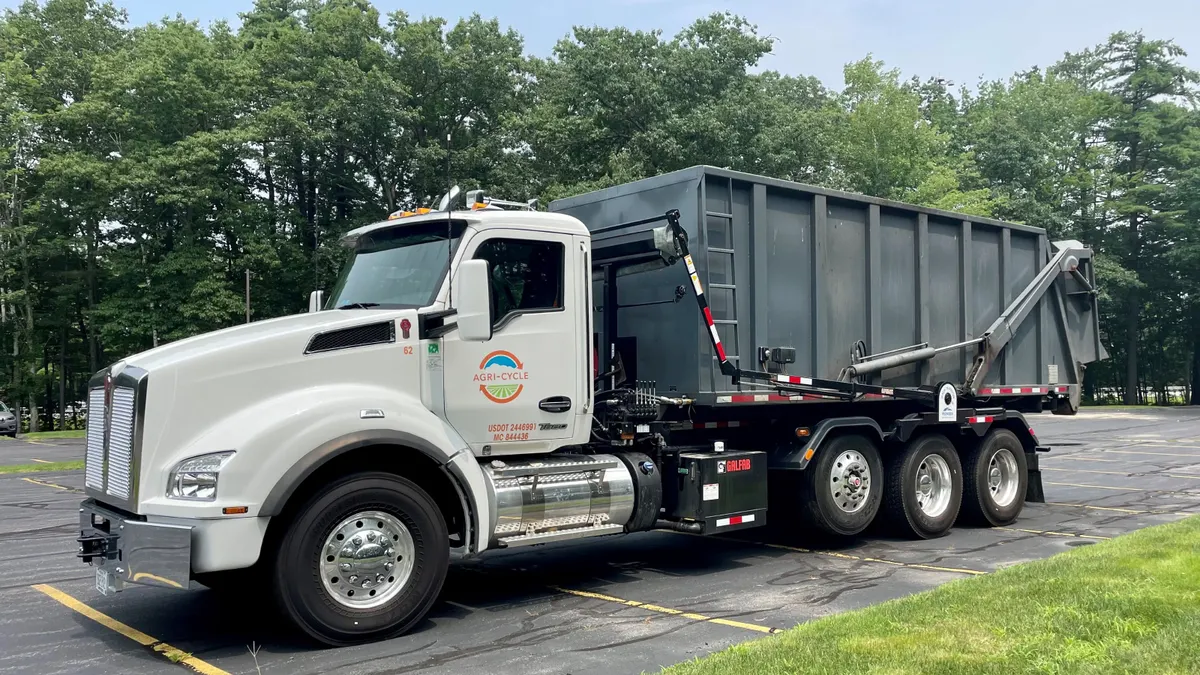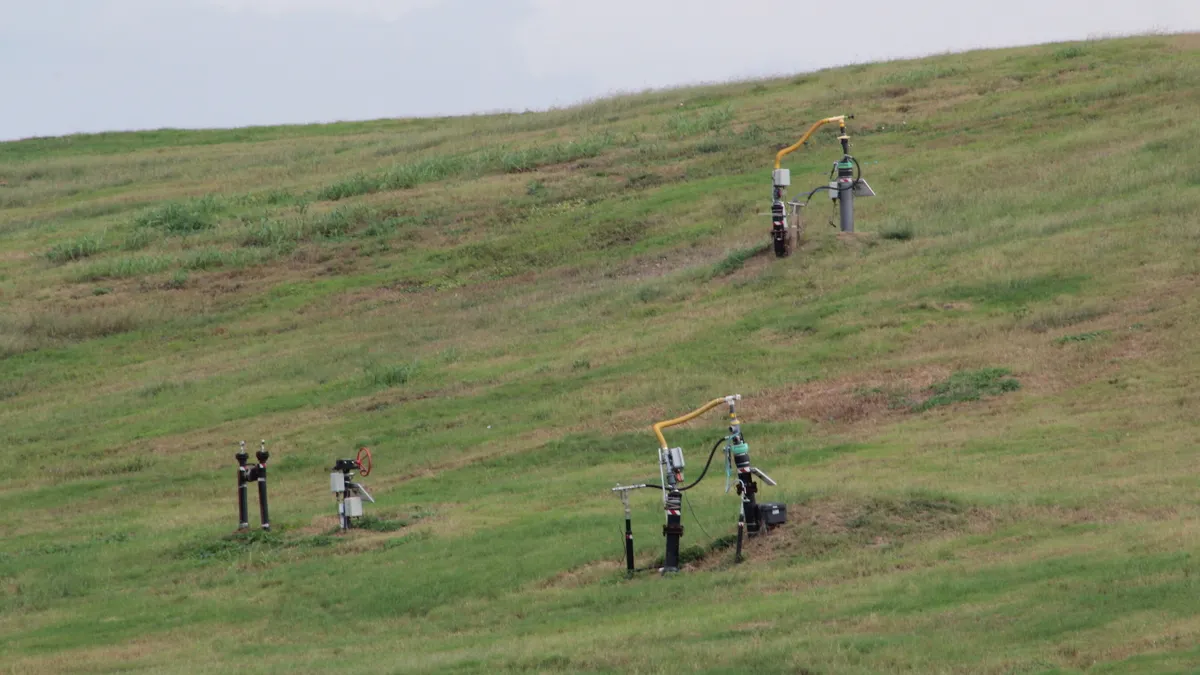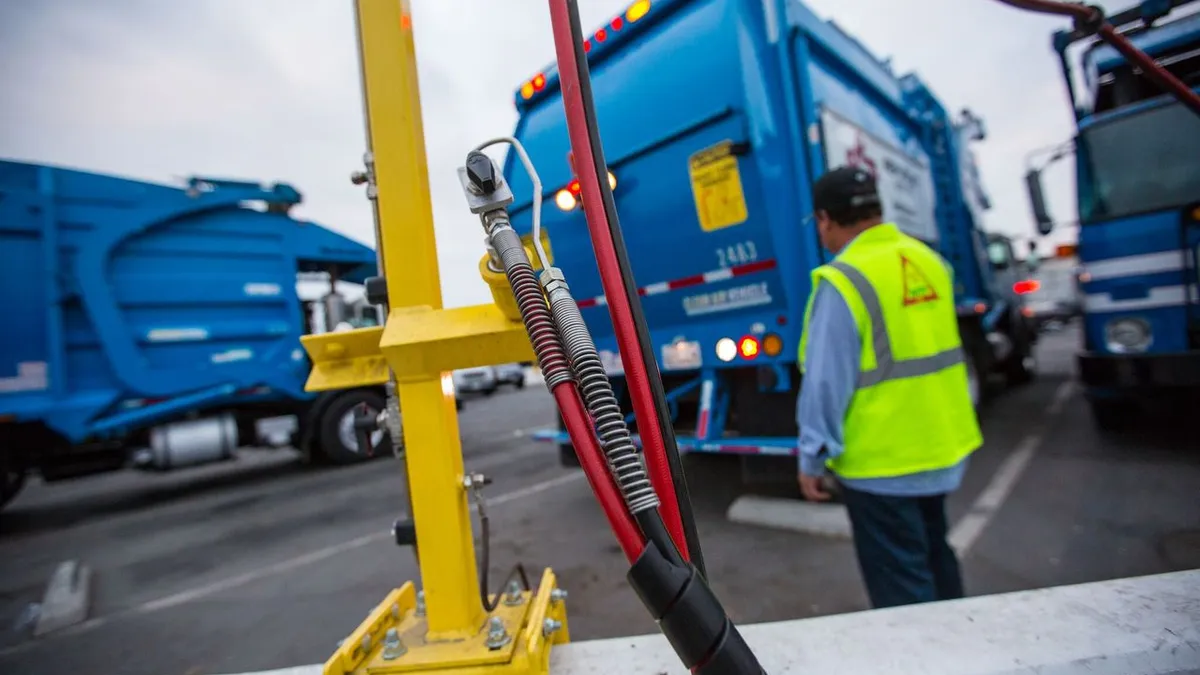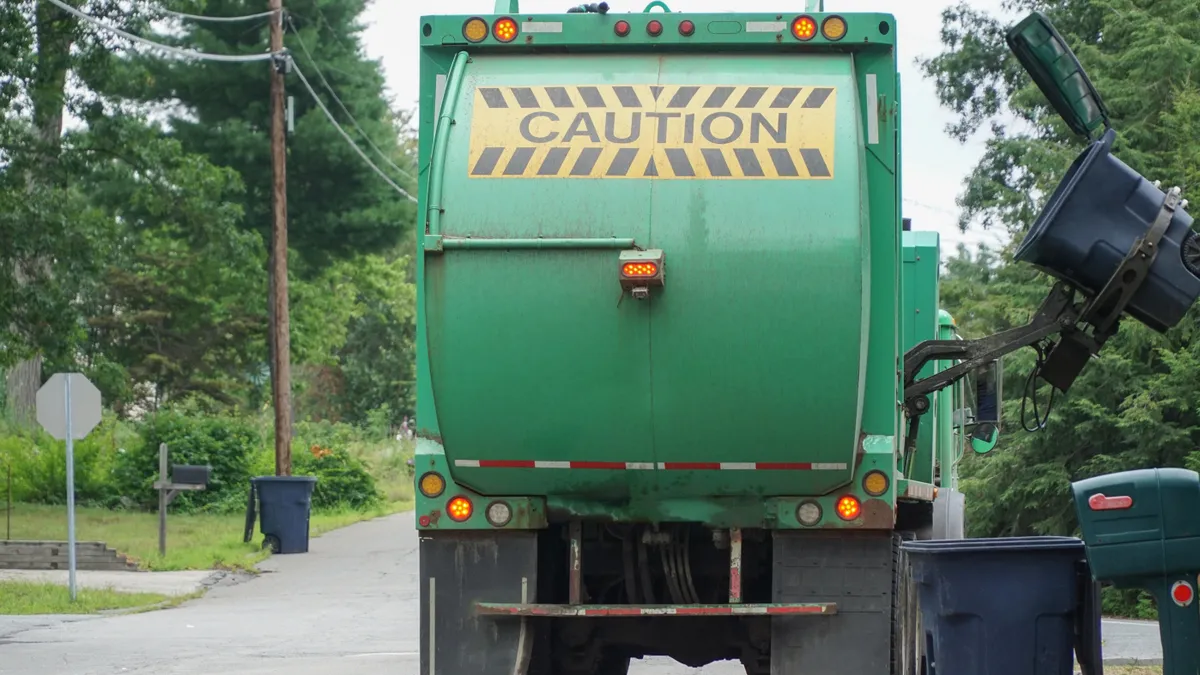Jean Bonhotal has been called upon to compost chicken eggs, domestic livestock, wild animals killed by storms and wildfires, farm animals and even a 40,000 pound whale.
“That took nine months,” she said.
Bonhotal, director of the Cornell Waste Management Institute, said composting is becoming the preferred livestock animal waste disposal method in response to highly pathogenic avian influenza, commonly known as bird flu.
Mark King, an organic management specialist with the state of Maine, has also dealt with this firsthand. He recalls responding to an incident at a farm where the birds had been euthanized nine days prior in response to outbreak control emergency orders from the state.
“There were hundreds of thousands of birds, in piles 10 feet high, 15 feet wide and 100 feet long,” King said. Over the next few days, the height of the piles dropped by a foot and an ooze surrounded the liquifying, decomposing carcasses.
“When you're behind the eight ball in a situation like this you don't have time to cry about it — you have to think on your feet,” said King. “We grabbed all the animal feed we could find on the farm and sopped up the liquid.”
He then secured a local source of carbon to work into the piles to stop the birds rotting on the ground and begin a managed process of composting.
Bonhotal and King are among the growing cadre of professionals who are contracted by the U.S. Department of Agriculture’s Animal and Plant Health Inspection Service to deal with waste from animal mass mortality incidents. They generally deploy to the site of an incident for up to two weeks to manage and dispose of waste carcasses.
“We don't work in a vacuum. At the start, we consult with the state department of environmental protection and the state department of agriculture for the site and discuss any areas of special concern, such as fields with tile drainage. We don't want to put a compost pile where potential leachate could contaminate groundwater sources,” said Bonhotal.
Bonhotal said on-site composting reduces the need to handle and transport infectious material. Unlike burial, which potentially moves infectious material six feet closer to the water table, she said well-managed composting minimizes the possibility of contamination to groundwater. It destroys the virus, which otherwise can persist for months on decomposing carcasses.
There's also no need to search for a lined landfill willing to accept infectious material, Bonhotal added. Unlike incineration, it requires no combustion fuel or emission controls. And with proper management, composting can be accomplished virtually anywhere, often without removing the animals from the structures where they were housed.
Here are some best practices to keep in mind as farmers around the country continue to deal with this issue.
Health and safety
Like any aspect of waste management, this process comes with its own unique health and safety considerations.
According to King, the unsavory task of culling thousands of birds most often falls to the person closest to the animals who may have raised them from birth.
The state veterinarian could require a farmer to kill all the birds in a flock if even one bird is infected. This may entail shutting the doors to a facility, terminating ventilation, suffocating or otherwise euthanizing the flock.
Bob Murphy, poultry grower and owner of Double Trouble Farms in Maryland, witnessed a poultry house depopulation operation firsthand while responding to an Asian flu outbreak at a farm where he assisted in waste disposal services.
“You look in there after they put the birds down and see those big birds in there, just all white. Looks like it snowed in there. It's sad,” Murphy said.
King said anyone involved in these disposal operations should consider the emotional effect on farmers.
“The first thing I do is a mental health check with the farmer. I show up and say, ‘I'm really sorry for your loss.’ I sit at their kitchen table, or wherever, and talk to them to offer reassurance. I don't make promises, but I tell them we'll do the best we can to make the disposal process manageable for them. You can't do this job if you don't have a human side,” he said.
Before work begins, staff must be examined by a physician onsite and prove capable of strenuous exertion while wearing precisely fitted N95 masks and protective gear, such as boots, goggles, suits and gloves. King said mask fittings for disposal crew members “must be done annually because people’s faces change over time.”
“Every time we go in and out of containment for lunch breaks, at the end of the day, or for any reason, we have to go through a decontamination process. There's a warm zone, a hot zone and a clean dirty line,” he said, noting this can amount to hundreds of suits and masks used per day.
“There's a huge expense in personal protective equipment, King added. “You may need to change your suit up five or six times a day depending on how many times you go in and out of the area of contamination.”

Composting considerations
Subject matter experts such as King and Bonhotal must estimate the amount of carbon needed on each farm to compost the volume of dead animal material. Bonhotal said their target is 28 days of composting in an envelope of carbon, reaching temperatures of 133-155 degrees Fahrenheit, measured at the depth of one foot and three feet.
“On some farms you can have 100 acres of windrows, 14 feet wide and 13 feet high, as long as there is space to pile them,” she said.
Completing the composting process takes vigilance, Bonhotal said.
“Once we had a bad electrical storm while we were building windrows out in a field and we all ran indoors,” she said. Soon, birds of prey began circling. “We had to run back out during the storm shouting and yelling to scare them off. Sometimes you need to have things like noise cannons to discourage wildlife from disturbing the process. Other times we've had to kill wild animals to keep them from potentially carrying the virus away from the site.”
Beyond managing the site, another major consideration is sourcing carbon. One recent carcass disposal project she worked on, involving 1.2 million birds, required 180 tractor trailer loads of wood chips as a source of the material.
“Municipalities make a consistent chip, but there are all different sizes of carbon including chopped cornstalks,” Bonhotal explained. She said utility companies are another good source because “they know where all the wood chips are.”
King suggested each state should do a carbon inventory in preparation.
“That kind of inventory would be worth millions in the case of an outbreak,” he said.
While King noted that “we're not making gourmet compost,” he said the final product should be comparable to a standard fertilizer and “just as safe as any other soil enhancement.” King said he hasn’t seen any issues with high volumes of this compost flooding the market, even during outbreaks.
Changing times
King said the current bird flu outbreak, which began in 2022, has spread to all 50 states and has resulted in the loss of billions of birds. However, he said the effectiveness of composting should be reassuring for people concerned about the virus.
"It's killed by competition in the microbial environment. The virus may fall to predation from other microbial organisms in the compost. Enzymes generated by the composting process kill it, and it kills via heat,” he said.
But even with these procedures in place, the virus has still created a lot of uncertainty for farmers.
Murphy began poultry farming after spending years in the crusting business, in which he collected the caked manure from chicken house floors and recycled it for use as fertilizer. In that capacity he participated in composting operations for an Asian influenza outbreak, mixing the manure cake with the bird carcasses using his fleet of six backhoes and six loaders.
“You have to change out the filters on the equipment, and seal any clothes and materials in a bag to take home to sanitize,” he said of best practices for that work. Murphy also recommended that every farmer have their own equipment available to deal with a potential mass mortality crisis.
Now, because he has 16 poultry houses populated by 48,000 birds, Murphy has decided to cease contracting with outside farms for his crusting business.
“The virus spreads so easily. You have to be cautious, Murphy said. “If you find just one or two infected birds on your farm you have to put down every bird on the farm. You can lose a whole year disinfecting all the buildings and equipment.”

















